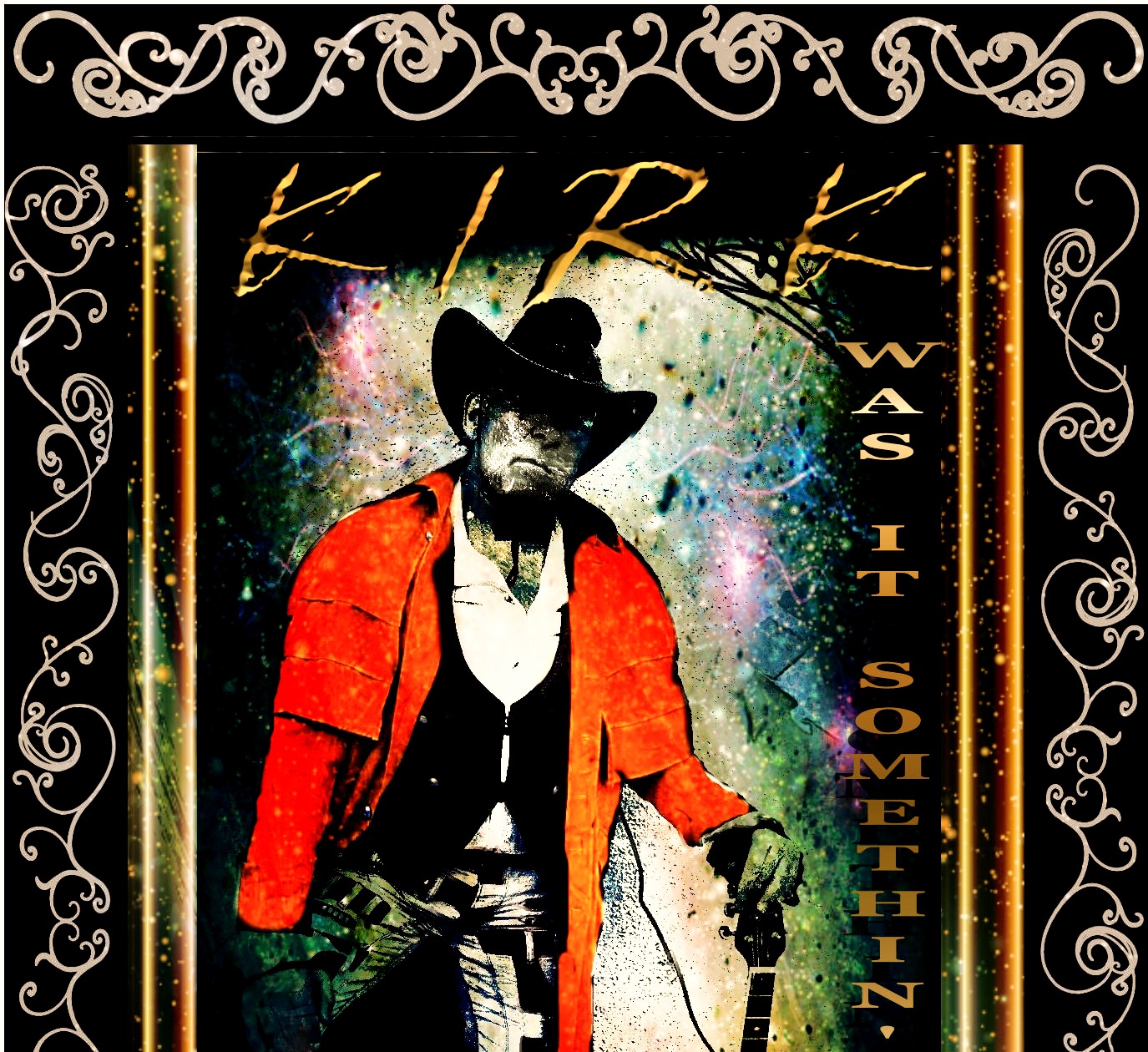

49220-a cast Komodo dragon, crouching ten yards away, on blue velvet.Īfter a German sea-lily fossil sold to a live bidder, for forty thousand dollars, Greg Rohan, Heritage’s president, who had been standing near the lectern, handed the auctioneer a note. Eight feet tall and twenty-four feet long, the specimen had been mounted in a predatory running position, with its arms out and its jaws open, as if determined to eat Lot No.

bataar, as it is known, was a Tyrannosaurus rex cousin that lived some seventy million years ago, in what is now the Gobi Desert of southern Mongolia. A tyrannosaur tooth-ten and a half inches from root to spike-went for nearly forty thousand.Īlong one wall, behind ropes, loomed the skeleton of a Tarbosaurus bataar. That day, the articulated toe and claw of a Moroccan dinosaur sold for sixty-three hundred dollars. The fossils ranged from small Eocene swimmers imprinted on rock to the remains of late-Cretaceous dinosaurs. Then came meteorites, petrified wood, and elephant tusks centipedes, scorpions, and spiders preserved in amber rare quartzes, crystals, and fossils. The bidding, organized by a company called Heritage Auctions, began with two amethyst geodes that, when paired, resembled the ears of an alert rabbit. Natural history goes to auction five or six times a year in America, and one Sunday last May a big sale took place in Chelsea, at the onetime home of the Dia Center for the Arts. Eric Prokopi, of Gainesville, in the five-thousand-square-foot fossil workshop that he built in his back yard.


 0 kommentar(er)
0 kommentar(er)
